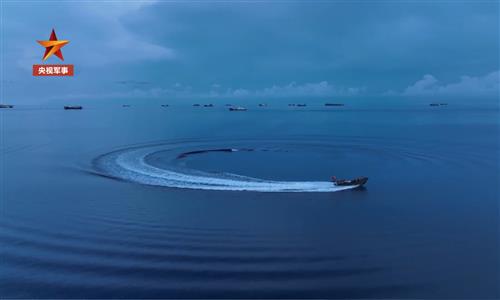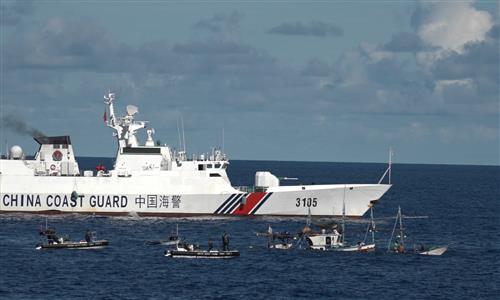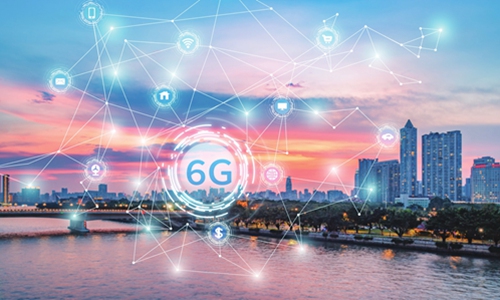We can all take a leaf from the way they treat visitors, the environment
Tourists can feel safe walking around JapanCOMPARING countries with different cultural backgrounds may not be fair but my recent trip to Japan had me taking notes.
How the Japanese stand to the left on escalators and follow the directional arrows while walking left an impression.
As a true blue Penangite, I know we are nice people, and going to Japan made me realise how similar we are in that aspect.
One day, I left my umbrella on the midnight train in Osaka and walked off with a friend.
Not only did a passenger ask the train driver to stop, she then jumped off to pass it to me, bowed, gave me a quick smile and hopped back on as I said thank you.
She could have missed her train, which was the last one for the night, but she did what she felt honour-bound to do.
In another instance, a lady running a busy cafe left her work to show my friends and I the way to the subway station.
I told her that she needn’t bring us there but she insisted with a bright smile and ran with us to the destination before bowing and returning to her cafe.
My train card did not work one time and I couldn’t leave the station.
I stepped aside to let others pass, and a group of school students behind me stepped aside too.
I urged them to go ahead but they said “no, we will wait with you”, and proceeded to help me find someone in charge.
Only after my card problem was resolved did they leave the station, while urging me to “take care”.
Not once during my 12-day trip there did I feel like a foreigner alone in a strange land.
I felt safe and at home, except for the language barrier, of course.
Penang, being a tourist hub, has its share of equally heartwarming stories about visitors receiving cordial treatment.
But there is one thing Penangites can learn from the Japanese, and that is cleanliness.
I recalled seeing only three pieces of litter on the ground during my 12 days there.
The roads and pavements were clean, almost like walking in a movie set rather than a real city or town.
Despite there not being many dustbins in open areas, there was no rubbish.
I was told people usually took their rubbish home.
Everyone I saw in eateries cleaned up after themselves, clearing their dishes and wiping down the table.
Their public toilets looked so clean that you felt you could lie down on the floor.
Even if there was only a single washroom shared by 20 small bars, it was clean and had ample toilet paper.
They do have workers cleaning the toilets but I observe the locals play a big part by never wetting the floor and leaving them cleaner than they were before.
I watched the Japanese wipe the counters or dust off crumbs even if they might not have caused it.
It was nice to see people wanting to make the space nice for everyone rather than having the mindset: “I did not cause it; it’s none of my business.”
Safety is another aspect that impressed me as a woman. I could walk around without the slightest fear.
It is safe to walk about in Penang too; you won’t need to peer around every corner, but the public safety in Japan was at another level.
It was nice to return home but I miss the cleanliness and civic-mindedness of the Japanese.
If only there was some way for Penangites to develop such a culture; we will surely reach greater heights.
In the meantime, I will be mindful to clean up after myself and leave a public spot better that it was before I used it.





